|
I was given this lovely book about ethnic embroidery from China by the lady who organised my teaching trip to China last year. This book on an interesting topic has a rather special and highly pleasing visual concept as well. Although it is not your classic project book, the step-by-step photographs and descriptions mean you can easily recreate particular stitches and patterns. Especially for those of you who are already adept at wielding a needle, there is a lot of 'new stuff' in this book which will make your hands itch. The book is written by Dr. Tomoko Torimaru, a Japanese woman who studied Chinese textiles at the University of Shanghai, China. She is the daughter and research-associate of her mother Dr. Sadae Torimaru. Together they have studied the textile traditions of the Miao and related ethnic groups for many decades. They are both well-known and respected textile researchers and deserve to be more widely known among Western embroiderers as well. Full details of the book: Torimaru, T., 2008: One Needle, One Thread: Miao (Hmong) embroidery and fabric piecework from Guizhou, China, University of Hawai'i Art Gallery, ISBN: 978-1-60702-173-5. And this is what a typical two-spread from the book looks like. Many detailed pictures with explanatory text. In this particular case, the darning stitch is worked from the back in order to protect the finished embroidery. One needs great skill to not make a mistake when carrying threads or otherwise the pattern on the front will show a mistake. There are several embroidery techniques detailed in the book where the embroideress works from the back to avoid soiling the finished embroidery. Throughout the book, you will learn about the myriad ways of pattern design and transfer. I am blown away by the fact that some paper-template cutters are so skilled that they do not need to make an outline drawing prior to cutting ... There are also many 'recipes' in the book for making starch and thread conditioner from local plants. You'll be amazed at how often the silk threads for embroidery are conditioned to behave during embroidery. I am always quite reluctant to use thread heaven or the like on my silk threads. I usually talk them into submission (with various degrees of success, I must admit). Another thing I was reminded by when reading the book from cover to cover, is how ingenious people are. We can be one heck of a clever naked ape! For the Miao, embroidering their folk costumes is typically done in between other tasks. When waiting or tending the family, for instance. There's often no ergonomic position to be had or good lighting. Slate frames or hoops for perfect tension? How about using your knees and thighs instead? And it is almost always an activity you'll share with other females. Knowledge transferred from mother to daughter. Underlining and taking pride in one's ethnic identity one peaceful stitch at a time!
12 Comments
As stated in my previous two blog posts, you'll see embroidered items everywhere you turn on Crete. But due to language problems and an overall decline in needlework in recent years, researching a particular type of embroidery can be hard. And I got all confused when I was told time and time again that the particular items I had seen were woven and not stitched. I was pretty sure this wasn't true for the pieces I had seen in my hotel and in various churches. But it was true for the cheap mono-coloured tourist souvenirs on display in the streets. What's going on here? This is the type of folk embroidery (or is it weaving?) I am talking about. Without even looking at the back, this screams 'embroidery' to me. To me this is a counted thread technique known as darning. I just love the winged dragons and the overall bright colours contrasting with the white background! And here is the back. Clearly, this is embroidery. Executed with cotton threads (probably DMC stranded cotton) on a closely woven thicker linen. Here is an even finer example. Can you see the tiny seeding stitches filling the space between the cocks and between the elements of the vine? They are even present in the two smaller borders. Why are they there? Let's turn the piece over. Those tiny seed stitches on the front anchor the thread that's carried across from design element to design element. Without those tiny stitches, the thread carried at the back would be far too long and far too loose. Clever, isn't it?! Could this one be machine embroidered or even have been woven on a loom? The example further above and below, do clearly not carry threads across empty spaces. Here's another example. Not the very fine fabric and the much thicker embroidery threads in comparison. And the last one. Not so sure of the design on this one :).
Unfortunately, I forgot to take a picture of the touristic souvenir ones. Design-wise they display the same elements. But they are not colourful. The whole design has the same colour and it is usually in tone with the background (think beige on cream). Or at least that's the ones I have been shown. So, what's going on here? Do embroiderers and weavers use the same the designs when making tablecloths and table runners? Or does the embroiderer copy the weaver in style and technique or vice versa? Maybe because weaving is much quicker than stitching? And why was it that none of the embroidery ladies I spoke with considered this embroidery at all? Well, that might be due to the embroidery technique involved. After all, these darning patterns are achieved when you use your needle and thread in a weaving motion! Fascinating don't you think? And now: over to you! Have you ever seen this type of embroidery before? What is it called? What materials are used? Where can I find patterns? I am aware of the Dutch darning samplers and the new book on 'Pattern darning from Norway' by Yvette Stanton. In my opinion, what makes the embroideries from Crete differ, is that they not only depict geometrical patterns. I really love the roosters, the dragons and the floral motives. So over to you! Please share your knowledge and experiences in a comment! |
Want to keep up with my embroidery adventures? Sign up for my weekly Newsletter to get notified of new blogs, courses and workshops!
Liked my blog? Please consider making a donation or becoming a Patron so that I can keep up the good work and my blog ad-free!
Categories
All
Archives
July 2024
|
Contact: info(at)jessicagrimm.com
Copyright Dr Jessica M. Grimm - Mandlweg 3, 82488 Ettal, Deutschland - +49(0)8822 2782219 (Monday, Tuesday, Friday & Saturday 9.00-17.00 CET)
Impressum - Legal Notice - Datenschutzerklärung - Privacy Policy - Webshop ABG - Widerrufsrecht - Disclaimer
Copyright Dr Jessica M. Grimm - Mandlweg 3, 82488 Ettal, Deutschland - +49(0)8822 2782219 (Monday, Tuesday, Friday & Saturday 9.00-17.00 CET)
Impressum - Legal Notice - Datenschutzerklärung - Privacy Policy - Webshop ABG - Widerrufsrecht - Disclaimer

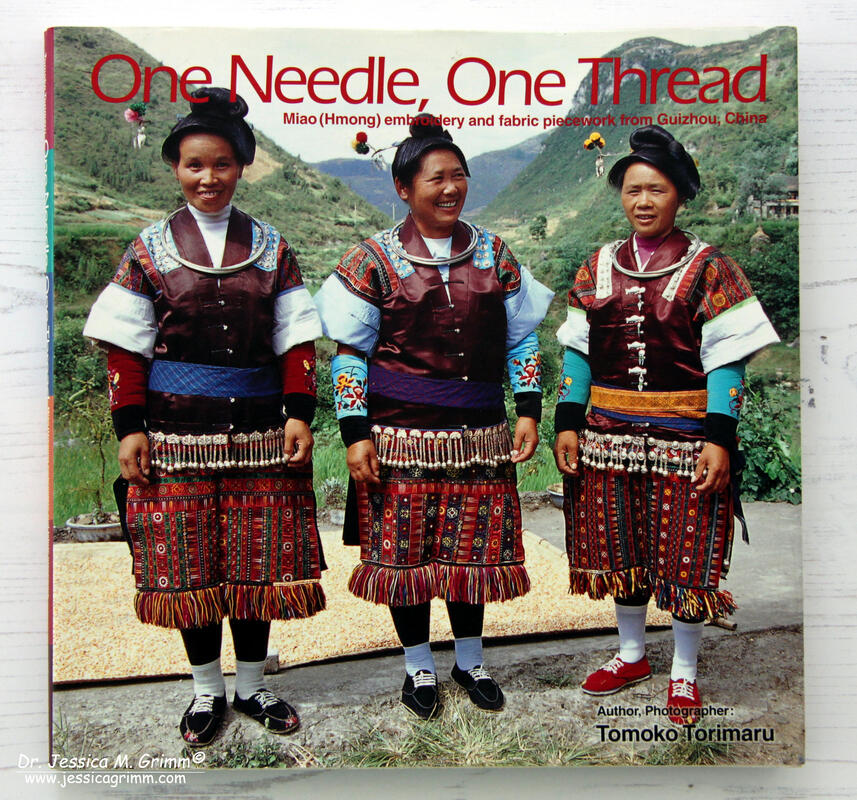
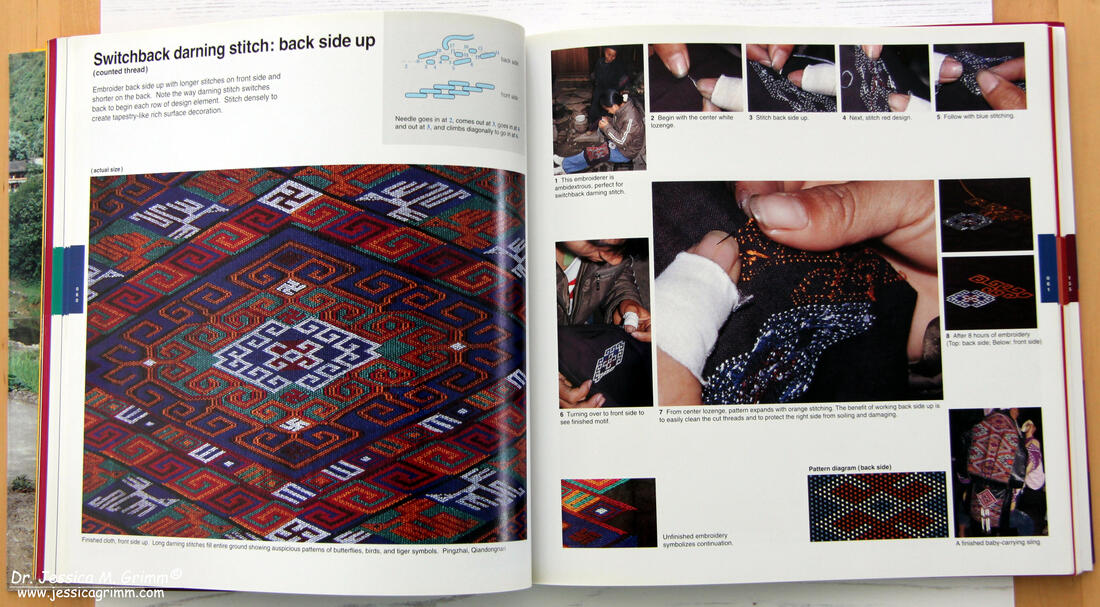
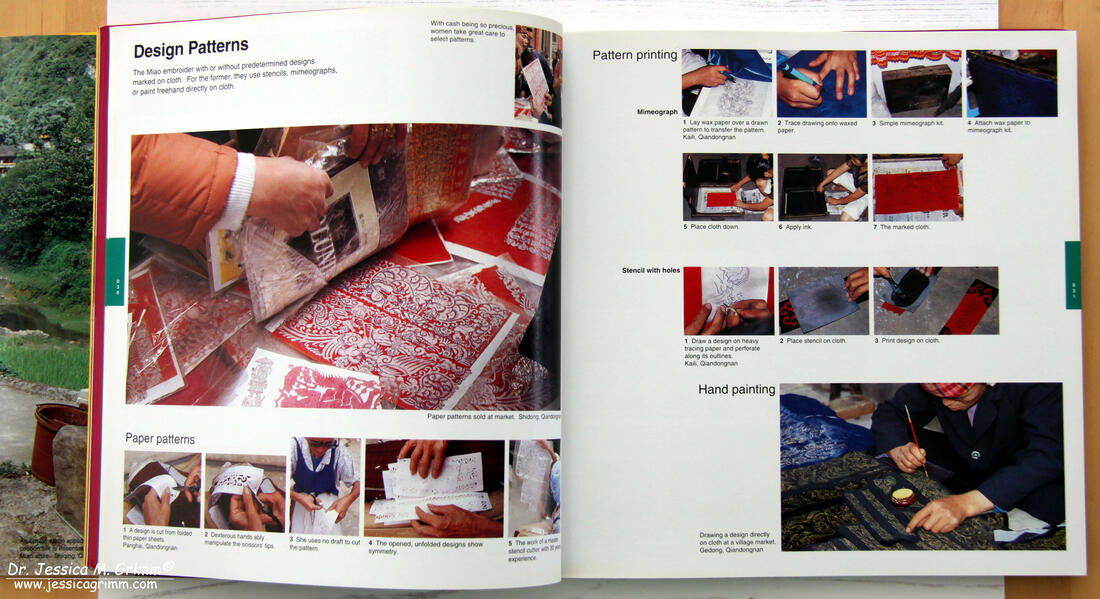
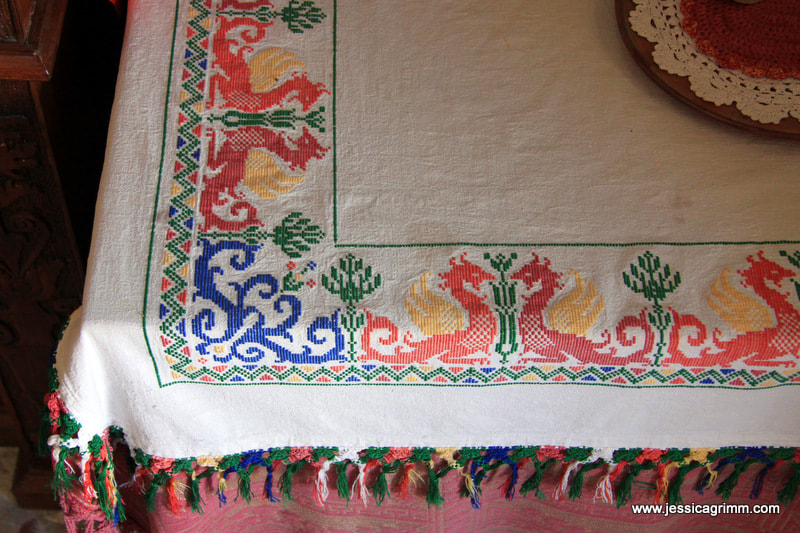
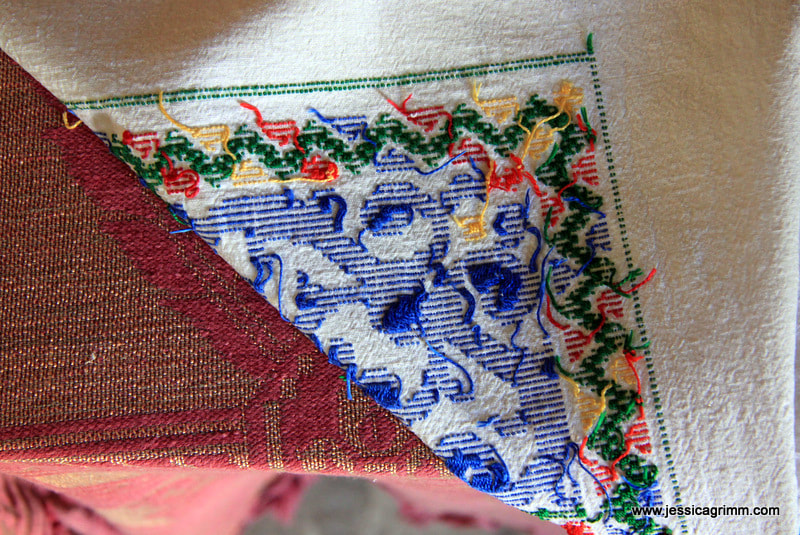
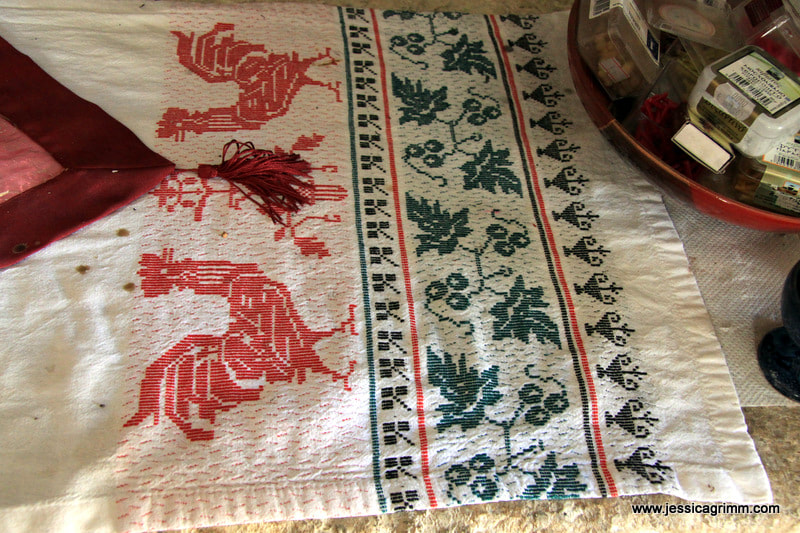
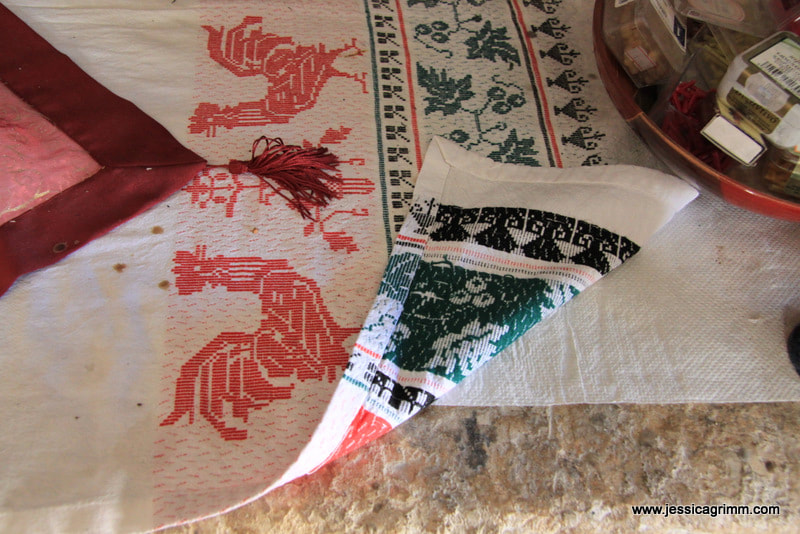
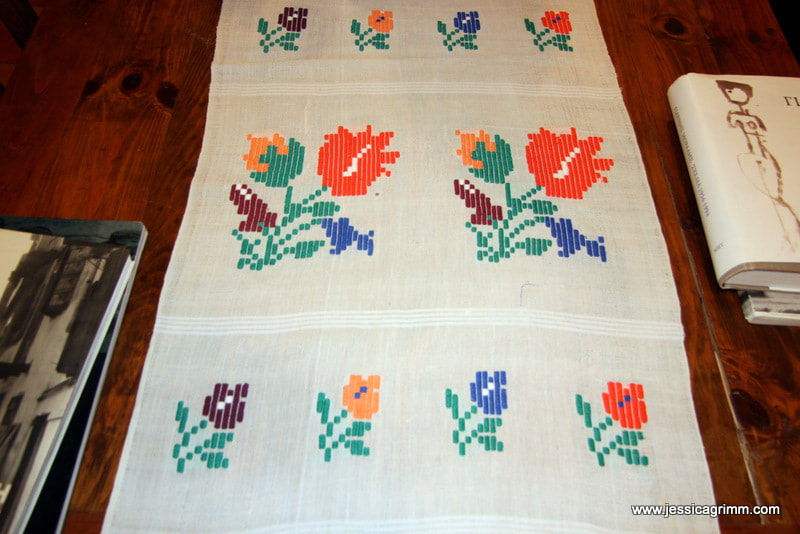
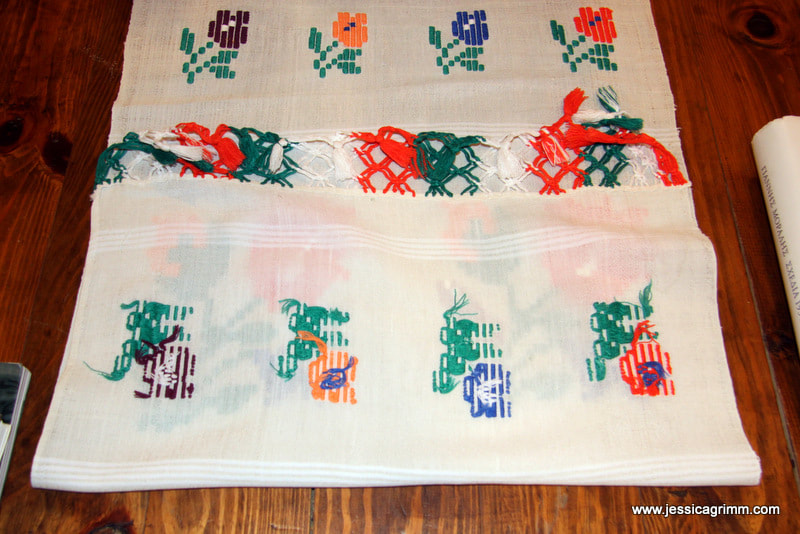
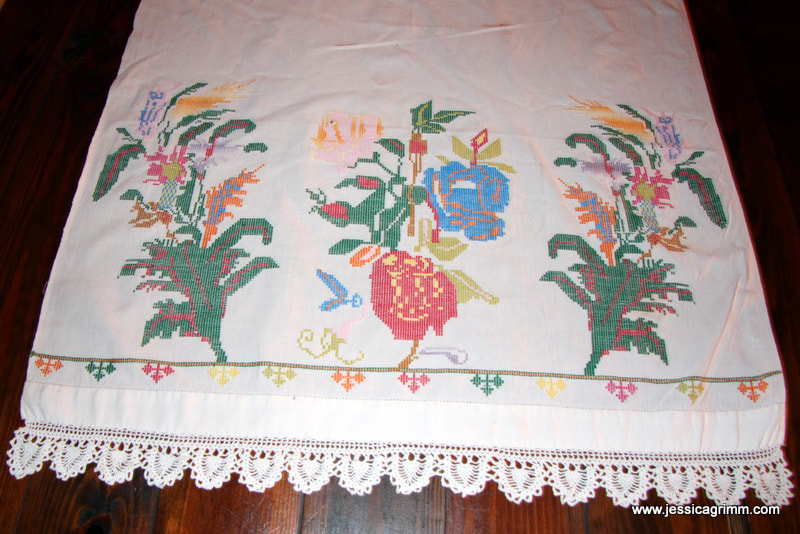
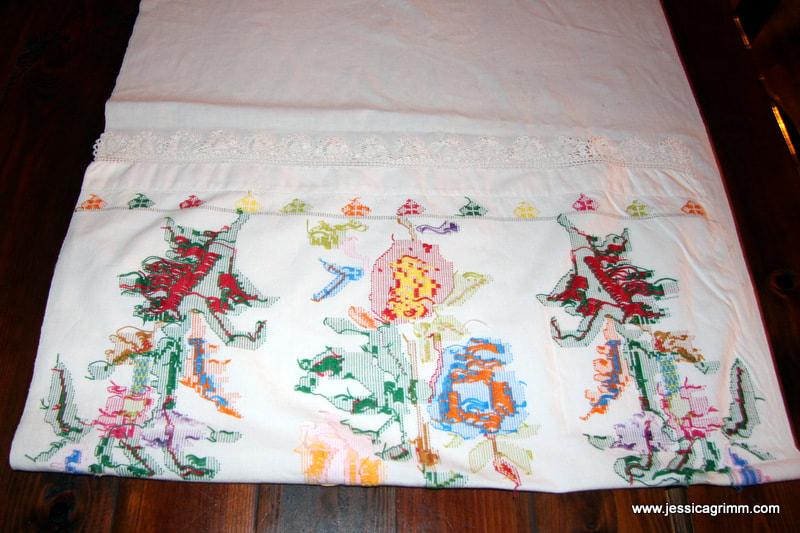





 RSS Feed
RSS Feed